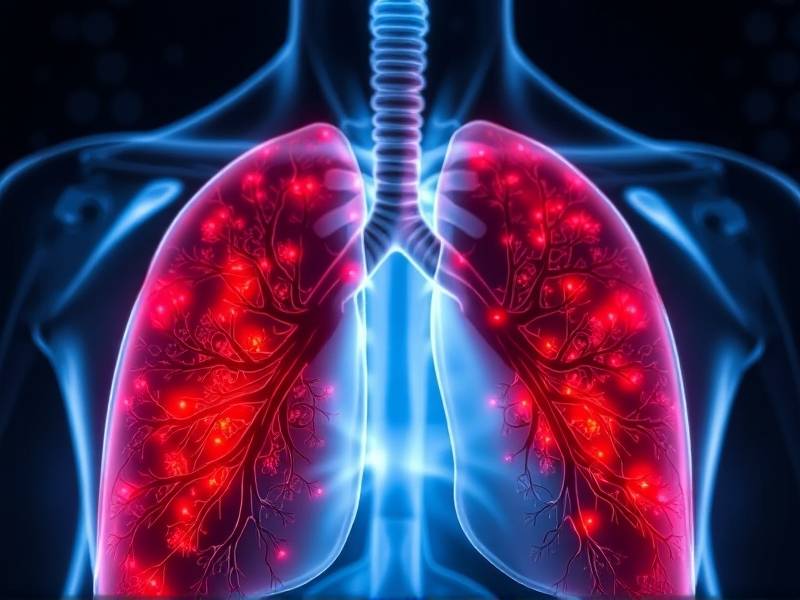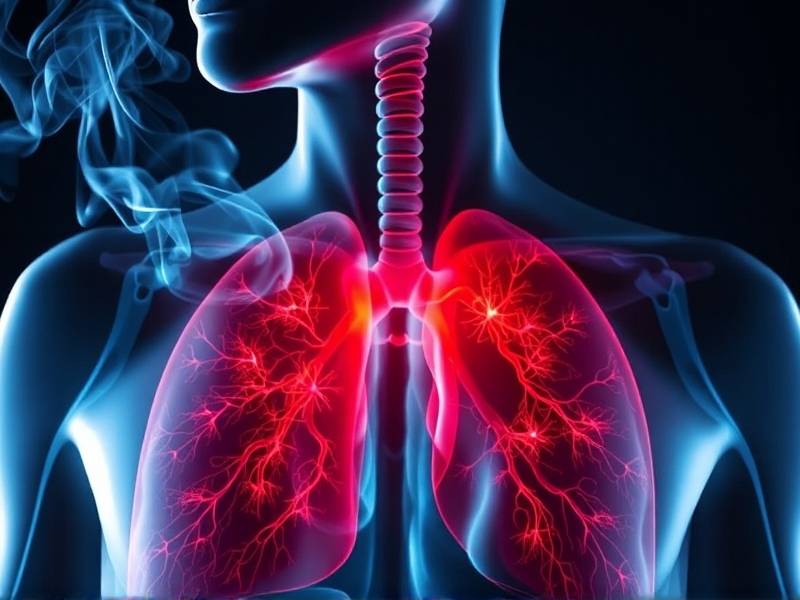How to Repair Your Lungs After Quitting Smoking: Effective Methods and Tips
Understanding the Impact of Smoking on Your Lungs
Smoking is a habit that not only affects your health but also has a significant impact on your lungs. The harmful chemicals in cigarettes can cause chronic obstructive pulmonary disease (COPD), emphysema, and lung cancer. However, even after quitting smoking, your lungs can start to repair themselves. This article will explore effective methods and tips to help you repair your lungs after quitting smoking.
The First Step: Quitting Smoking
The most crucial step in repairing your lungs is to quit smoking. The longer you remain smoke-free, the more your body will heal itself. According to the American Lung Association, just 20 minutes after quitting, your blood pressure and pulse rate begin to drop.

Breathing Exercises
Breathing exercises can help improve lung function and capacity. Techniques such as diaphragmatic breathing and pursed-lip breathing can be particularly beneficial. These exercises can help increase oxygen flow to your lungs and improve overall lung health.

Diaphragmatic Breathing
Diaphragmatic breathing involves using your diaphragm instead of shallow chest breathing. This technique increases lung capacity and improves oxygen exchange.
- Lie down on your back with one hand on your chest and the other on your abdomen.
- Inhale deeply through your nose, allowing your abdomen to rise.
- Exhale slowly through pursed lips, while pressing gently on the abdomen.
- Repeat for 5-10 minutes daily.
Pursed-Lip Breathing
Pursed-lip breathing helps you breathe more slowly and deeply during exercise or when you feel short of breath.
- Inhale deeply through your nose.
- Hold for a few seconds.
- Pucker your lips slightly as if you were whistling.
- Exhale slowly through pursed lips.
- Repeat for 5-10 minutes daily.
Healthy Diet
A healthy diet rich in fruits, vegetables, whole grains, lean proteins, and healthy fats can support lung health after quitting smoking.
Key Nutrients:
- Vitamin C: Found in oranges, strawberries, bell peppers, broccoli, kale, spinach, and tomatoes.
- Vitamin E: Found in almonds, sunflower seeds, peanut butter, avocados, spinach, and kale.
- Beta-carotene: Found in carrots, sweet potatoes, pumpkin, cantaloupe melon orange peppers.
- Magnesium: Found in nuts (like almonds), seeds (like pumpkin seeds), green leafy vegetables (like spinach), legumes (like black beans), whole grains (like oatmeal).
Regular Exercise
Regular exercise helps improve lung function by increasing blood flow throughout the body and enhancing respiratory muscle strength.
Types of Exercise:
- Aerobic exercises: Walking briskly or jogging for at least 30 minutes most days of the week.
- Strength training: Incorporating resistance training into your routine twice a week.
- Pulmonary rehabilitation programs: These programs are designed specifically for people with chronic lung diseases like COPD or emphysema.
Avoiding Exposure to Pollutants
Avoiding exposure to air pollutants such as secondhand smoke or industrial emissions is crucial for repairing damaged lungs after quitting smoking.
Seek Professional Help
If you have experienced significant lung damage due to smoking or have underlying respiratory conditions like asthma or COPD; consulting with a healthcare professional is essential.
Conclusion
Repairing damaged lungs after quitting smoking requires time and dedication but is achievable with effective methods such as breathing exercises, a healthy diet rich in essential nutrients; regular exercise; avoiding exposure to pollutants; seeking professional help when needed; following these tips can help improve lung health over time
